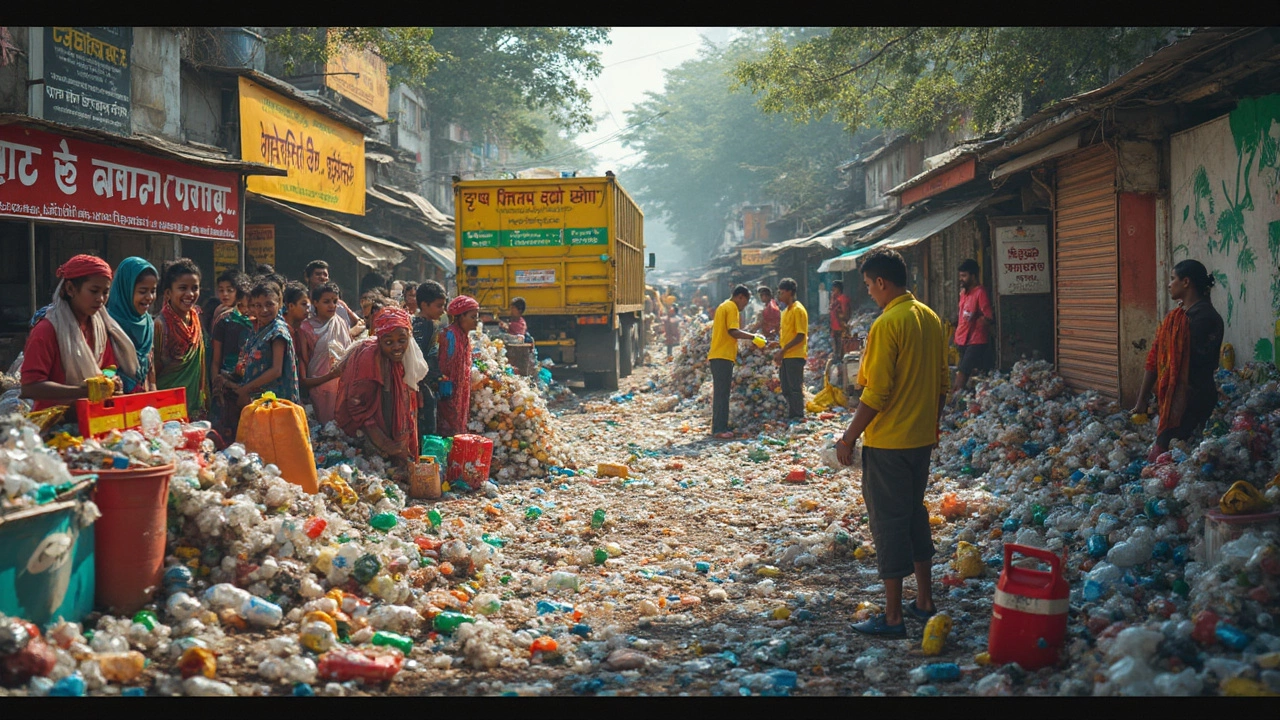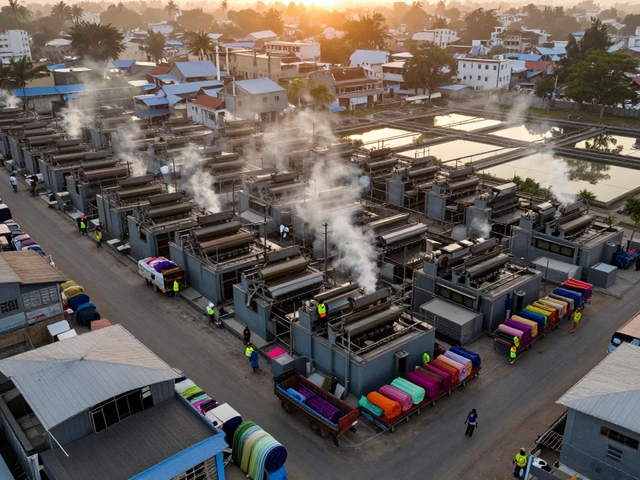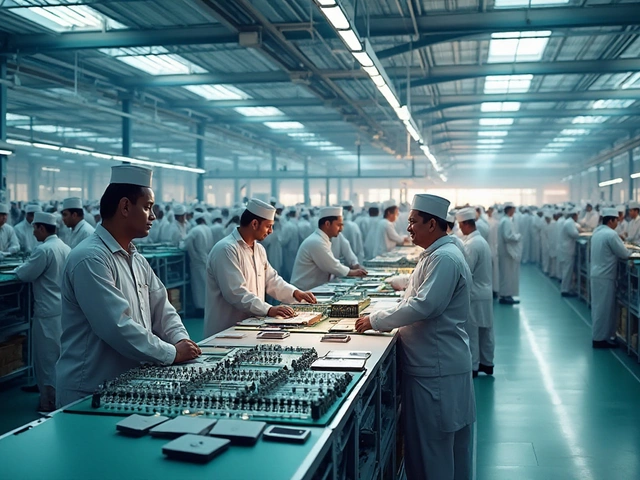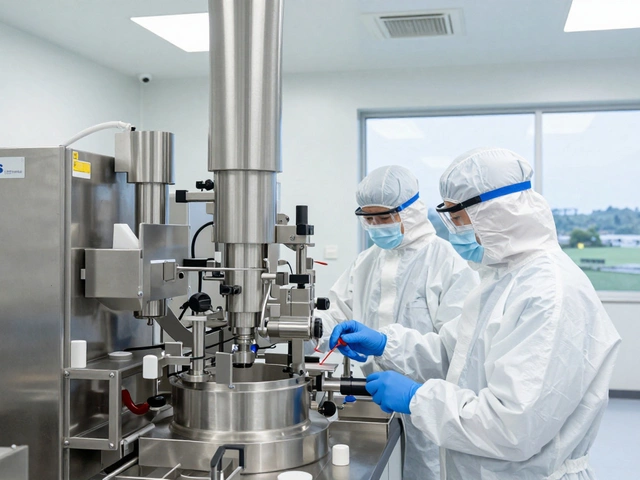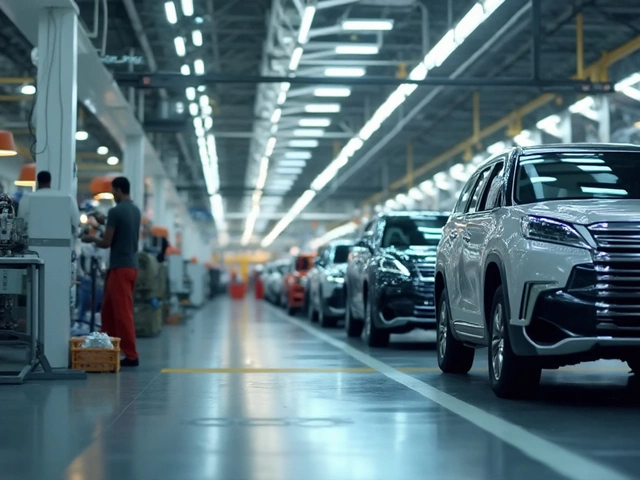Every time you throw away a plastic bottle or wrapper, do you ever wonder what happens next? It's easy to picture it all going straight to a magical recycling center and coming back as something new. But reality? Not every piece of plastic gets a second chance.
Some plastics do end up recycled and turned into playground equipment or park benches. Others get dumped in landfills, and a scary number even find their way into rivers and oceans. It’s not just about tossing stuff in the right bin—how plastic is made, sorted, and handled after use seriously affects where it finally lands. And plastic manufacturing companies are right in the mix, making changes (or sometimes dragging their feet) in how the whole system works.
If you care about making less waste and doing things that really help, understanding this journey helps you make smarter choices: what plastics to avoid, which companies are trying to clean things up, and what small steps actually matter at home.
- Plastic's Journey: From Trash to Treasure or Trouble
- What Really Happens at Recycling Centers
- The Hard Truth About Landfills and Oceans
- How Plastic Manufacturers Are Tackling the Problem
Plastic's Journey: From Trash to Treasure or Trouble
Once you toss something made of plastic, its fate is mostly out of your hands. What happens next? It depends on where you put it and what type of plastic it is. In the United States, for example, about 38 million tons of plastic waste are generated every year, but only about 8.7% actually gets recycled. The rest usually heads to landfills or, worse, escapes into the environment.
Here's how the journey can go:
- Recycling: Only certain plastics can be recycled curbside. Those chasing arrows on the bottom of bottles? They're not a guarantee. Numbers 1 and 2 (like water bottles and milk jugs) have the best shot at being recycled. Plastics labeled 3 to 7 are much less likely to make it through the system.
- Landfills: Most plastic trash ends up here, buried and preserved for decades. Because plastic isn’t biodegradable, a soda bottle from the 1980s could look brand new even today.
- Incineration: Some cities burn plastics to make energy, but this isn’t ideal because it sends greenhouse gases and potential toxins into the air.
- Litter and Leakage: A huge chunk never makes it to any facility. It blows away, washes through storm drains, and ends up in rivers, lakes, and oceans. In 2024, researchers estimated roughly 11 million metric tons of plastic enters the oceans every year.
If you want some quick numbers, check this out:
| Path | Percent of US Plastic Waste (2022) |
|---|---|
| Landfilled | 75% |
| Recycled | 8.7% |
| Incinerated | 16% |
Choosing what you buy, how you use it, and where you toss it really does matter. The less we add to this cycle, the less likely it is that plastic will turn from a useful resource to a long-term headache.
What Really Happens at Recycling Centers
So, your plastic heads to the recycling bin. But what actually goes down at those centers? First off, not everything in that blue bin makes it through the process. In the U.S., only about 9% of plastic waste really gets recycled—yep, that's it. The rest gets trashed, burned, or shipped overseas.
Here's the basic flow when plastic shows up at a facility:
- Sorting: Staff and machines sort plastics by type and color, because not all plastics can be mixed. You might see big conveyor belts and high-speed jets of air blowing light stuff in one direction, heavy stuff in another.
- Cleaning: Rinsing removes food and labels. Leftover sauce or soda can mess up the batch, so cleaner plastic means better recycling.
- Shredding: Plastics get chopped into pieces. Think of a giant blender but for soda bottles and yogurt cups. This helps prep the material for the next step.
- Melting or Pelletizing: Those pieces either get melted down or turned into small pellets, which manufacturers can use to make new products.
But here's the catch: not all plastics are equal. Only certain codes—usually #1 (PET) and #2 (HDPE), like water bottles and milk jugs—get recycled often. The greasy pizza box lid or most plastic bags? Those usually don’t make the cut.
| Type | % Recycled | Main Uses After Recycling |
|---|---|---|
| PET (#1) | 21% | New bottles, clothing fiber |
| HDPE (#2) | 29% | New containers, playground equipment |
| Other Plastics | Under 5% | Barely recycled, often landfilled |
It’s not just the machines. People are in there too, fishing out the trash or things that clog the system. Items like garden hoses or plastic bags can jam everything and slow the whole operation down. Most recycling centers are designed for bottles and jugs, not for random plastic packaging. Even small caps often get tossed out unless screwed onto bottles—they fall through the cracks, literally.
Here are a few things you can do to give your plastic a real shot at a new life:
- Rinse containers before recycling. Leftover food can ruin a whole batch.
- Keep plastic bags out of the bin; most centers don't accept them. Return bags at the grocery store if you can.
- Stick to recycling only the plastics your center actually takes (usually bottles, jugs, and sometimes tubs).
The hard truth? Only a small chunk of plastic waste gets turned into something useful. That’s why reducing what you use in the first place still matters—more than you might think.
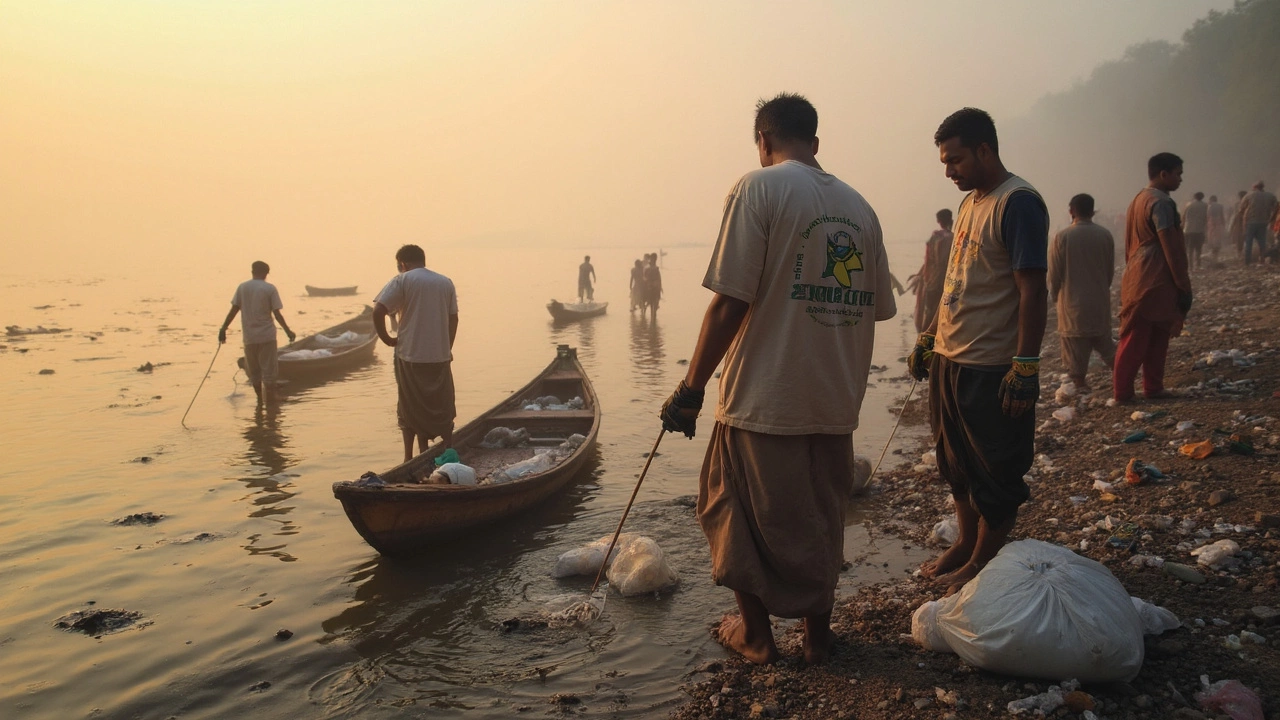
The Hard Truth About Landfills and Oceans
Ever thought about where most of your used plastic actually ends up? If you guessed landfills or the ocean, you’re on the money. Sadly, tossing things in the recycling bin doesn’t guarantee they get recycled. Some plastics are just too dirty, mixed up, or the type that recycling plants can’t handle. So instead, they head straight for a landfill or slip through the cracks and hit the water.
Landfills are basically massive storage pits where almost nothing breaks down, including plastic. That bottle you used today? If it ends up in a landfill, it could sit there for hundreds of years. Some plastics never fully disappear; they just break down into smaller and smaller bits called microplastics, which leak into soil and water systems.
Then there’s the even bigger headache—plastic in our oceans. Studies from 2023 estimated that between 8 to 12 million tons of plastic trash flow into the seas every year. That’s more than a garbage truck’s worth every minute. Sea turtles swallow bags thinking they’re jellyfish. Birds choke on bottle caps. Microplastics have now shown up in fish, tap water, and even human blood. You can’t just assume it’s someone else’s problem; plastic pollution connects right back to all of us.
Take a look at how plastic waste is piling up:
| Where It Ends Up | Estimated % of Global Plastic Waste |
|---|---|
| Landfill | ~40% |
| Recycled | ~9% |
| Incinerated | ~19% |
| Leaked into Oceans/Nature | ~32% |
So, what can you actually do to keep your plastic out of landfills and ocean waves? Here are a few tips that help more than you think:
- Stick to reusable containers and bags—single-use stuff is the main offender.
- Rinse out recyclables so they don’t get tossed at the sorting center.
- Look up your town’s recycling rules—those numbers on the bottom matter.
- Support policies and brands that make products with less or recycled plastic.
This is about more than just clean streets. It’s about fixing the plastic waste mess for good. Small choices add up, and knowing the problem is half the battle.
How Plastic Manufacturers Are Tackling the Problem
So, how are the companies that actually make plastic dealing with the mess? It's not just about greenwashing with cute ads—some big changes are happening behind factory doors. Top plastic manufacturing companies are now under huge pressure from new laws, customers, and flat-out facts about pollution. Here’s how they’re responding.
First off, a lot of manufacturers are switching up what goes into plastic in the first place. Some are using plant-based materials or recycled plastics to make new products. That means less fossil fuel is used, and there’s less “new” plastic floating around. For instance, companies like Coca-Cola and Unilever have committed to boost the amount of recycled material in their packaging. Coca-Cola aims for at least 50% recycled content in its bottles by 2030—it’s still a long way off, but it’s progress.
Next up is design. Smart companies are trying to make their packaging easier to recycle right out the gate. Ever noticed how some bottles now have clear labels instead of colored ones? That’s because clear plastic is easier to recycle into new stuff. Others are ditching those annoying plastic sleeves or caps that mess up sorting machines.
Then there’s investment in technology. High-tech recycling plants are popping up, using better machines to sort, wash, and melt different types of plastic. Some companies are testing out chemical recycling, which breaks plastics down to their base ingredients so they can be made into new products—kind of like hitting “reset” on plastic waste. It's not perfect (chemical recycling uses a lot of energy), but it's moving things in the right direction.
FYI, here’s a quick look at what some big players are doing:
| Company | Main Commitment/Initiative | Target Year |
|---|---|---|
| Unilever | Reduce virgin plastic by half | 2025 |
| Coca-Cola | Use 50% recycled content in bottles | 2030 |
| Dow Chemical | Recycle 1 million tons of plastic | 2030 |
| Nestlé | Make all packaging recyclable or reusable | 2025 |
If you want to help, look for products made with recycled content or packaging labeled as “100% recyclable.” Some brands are trying to make it easy for you, but don’t just trust the label—sometimes, local recycling programs can’t handle certain plastics, even if companies say they’re recyclable.
There’s a long way to go, but the plastic waste problem is getting more attention from manufacturers than ever before. Small improvements add up. Choosing products from companies that make a real effort sends a message: keep pushing for better solutions.
